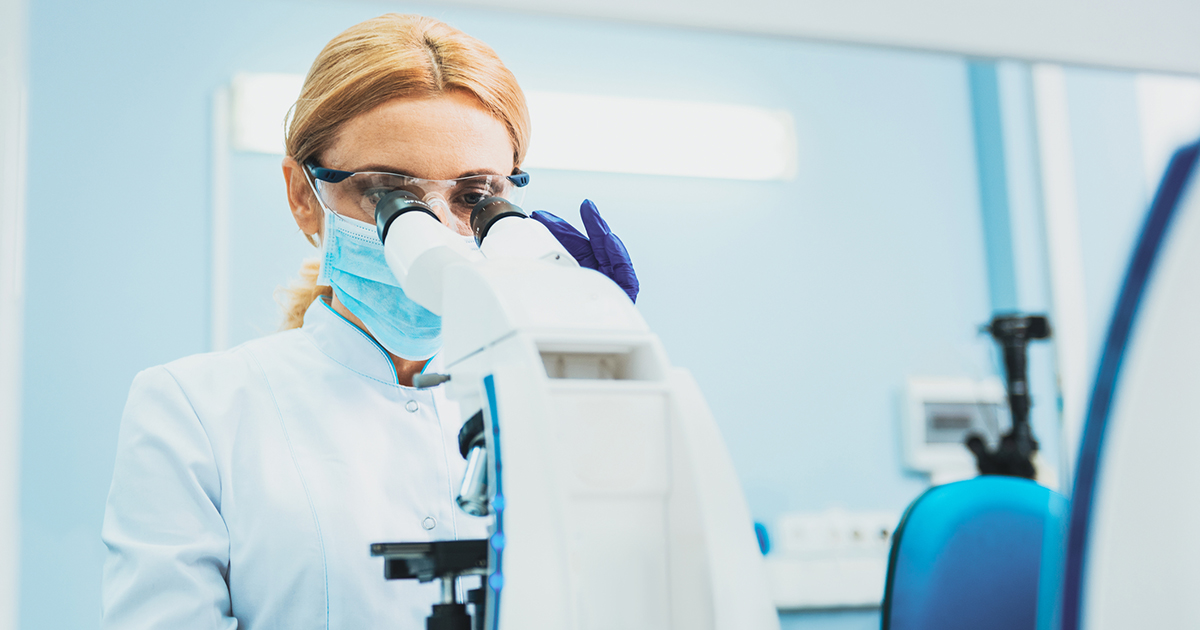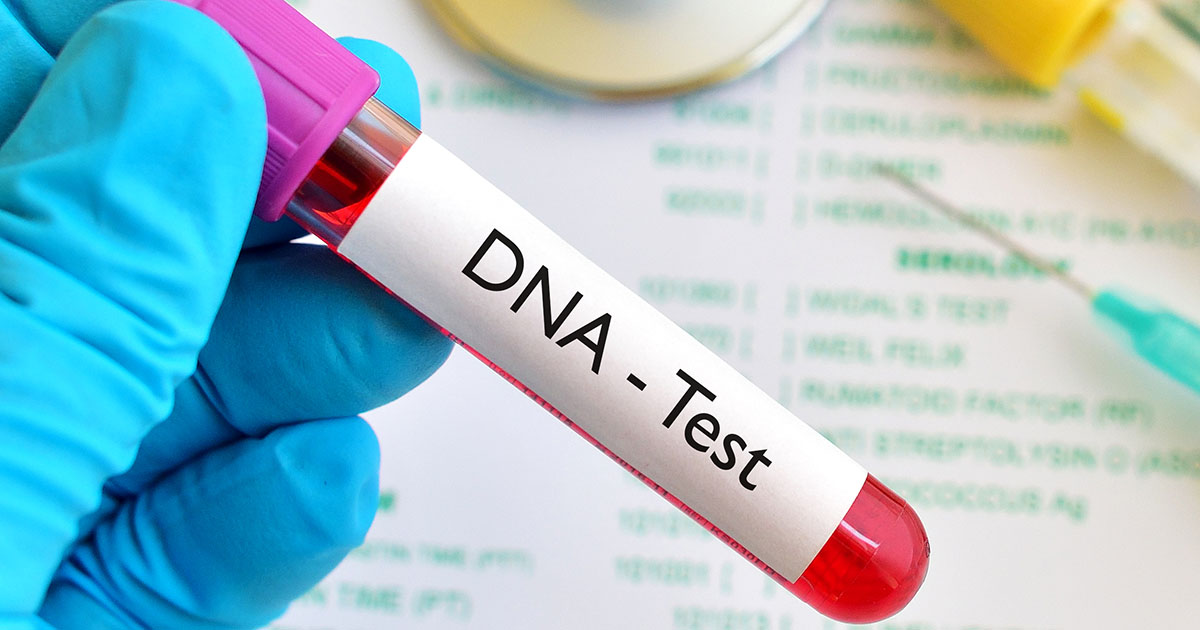Causes And Risk Factors Of Aarskog Syndrome
Aarskog Syndrome is a rare genetic disorder that causes abnormalities and deformities in the stature, genitalia, facial features, muscles, and bones. While it is more common in men, milder versions of the syndrome can also afflict women. Strong, identifiable symptoms generally present themselves in children by age three. Some of these symptoms are extremely visible, such as wide-set eyes or slanted nostrils, while others may require testing to be discovered, such as the testicles failing to descend into the scrotum. In addition to physical manifestations, Aarskog can delay the onset of sexual maturation. Cognitive development can also be delayed, as the disease impacts the brain. Aarskog syndrome is a lifelong condition that does not have a cure.
Inherited Gene Mutation

There are several risk factors for developing Aarskog syndrome, but as it is a hereditary disease, an inherited gene mutation is typically the first to be identified. Babies inherit their genes from their parents, and when one or both of the parents has a mutation, it is likely the child will also have the mutation. Gender, as well as which parent possesses the gene mutation affects the likelihood of inheriting any genetic disorder. The gene in question with Aarskog syndrome is the faciogenital dysplasia 1 gene (the FGD1 gene), which is specifically linked to the X chromosomes, passed from parents to a fetus.
X-Linked Recessive Pattern

Aarskog syndrome is passed down through an X-linked recessive pattern, which means the mutations occur in genes on the X chromosome. One characteristic of this type of inheritance is fathers cannot pass X-linked characteristics and traits to their sons, meaning there is no male-to-male transmission of Aarskog. It is either passed from a mother to children of both genders or from a father to a daughter, though this is much rarer.
As males only possess one X chromosome, only a single copy of the genetic mutation in each cell is required for the boy to develop the condition. In girls, however, a mutation would need to affect both copies of the gene for the disorder to present with the same magnitude. It is highly unlikely for females to be born with two altered copies of the FGD1 gene.
Gender

As stated, the gender of the baby as well as of the parent who carries the gene are important when determining the odds of passing down a mutation. Aarskog syndrome, in addition to other diseases passed through the X chromosome, is more common in males. This is because males only posses a single X chromosome, inherited through the mother, while the Y chromosome is inherited through the father.
A male child of a woman who carries this genetic defect is thus at a much higher risk of developing Aarskog syndrome. Females, however, possess two X chromosomes: one from the father and one from the mother. As such, if one of their X chromosomes carries the genetic defect, they have the other one to compensate, which explains why females typically present with much milder symptoms when they do have Aarskog syndrome.
Genetic Makeup

A child's genetic makeup is passed down entirely from their parents, and it is the main factor that increases the likelihood of being born with Aarskog syndrome. Children whose mothers have the condition are much more likely to develop the rare disorder, and there is no way to prevent its development. However, women who wish to have children do have the option to undergo genetic testing, which will be able to confirm the presence of the mutated FGD1 gene, which then enables women to weigh the risks and make an educated decision when choosing whether or not to have children.
Family History

All hereditary conditions are passed down through generations. Though certain genes can skip a generation, children who have a parent with Aarskog syndrome are likely to have it as well. If there is a family history of the syndrome, doctors will recommend mothers of new babies be on the lookout for symptoms. When the doctor suspects a child has Aarskog syndrome, they will typically order genetic testing be conducted to confirm the presence of mutations on the FGD1 gene. Additionally, knowing the family history of the condition will allow doctors to monitor the severity of specific symptoms that have been shown to present regularly in other family members.
